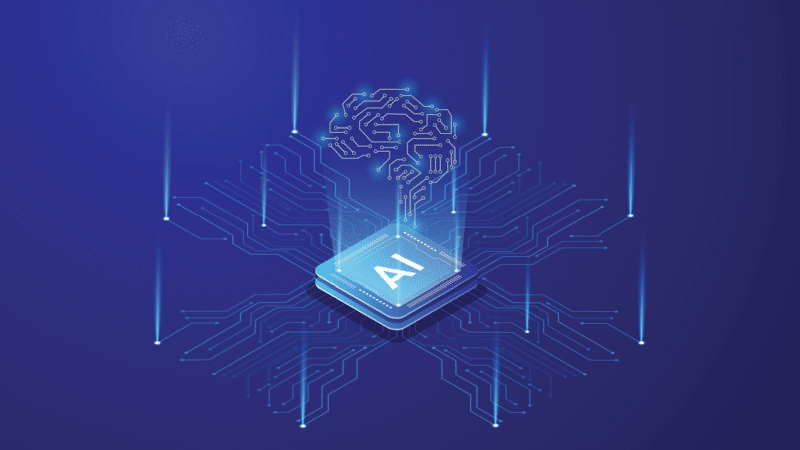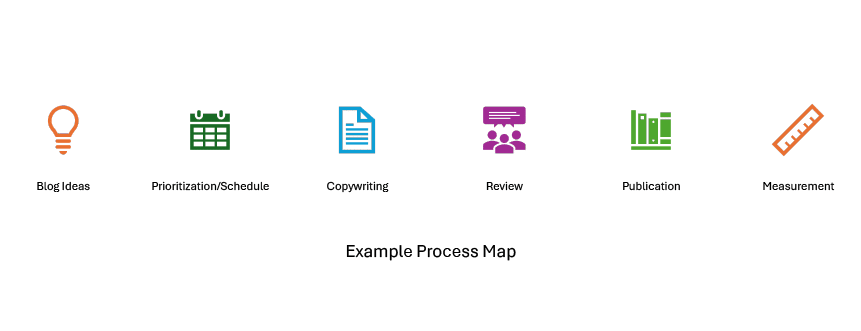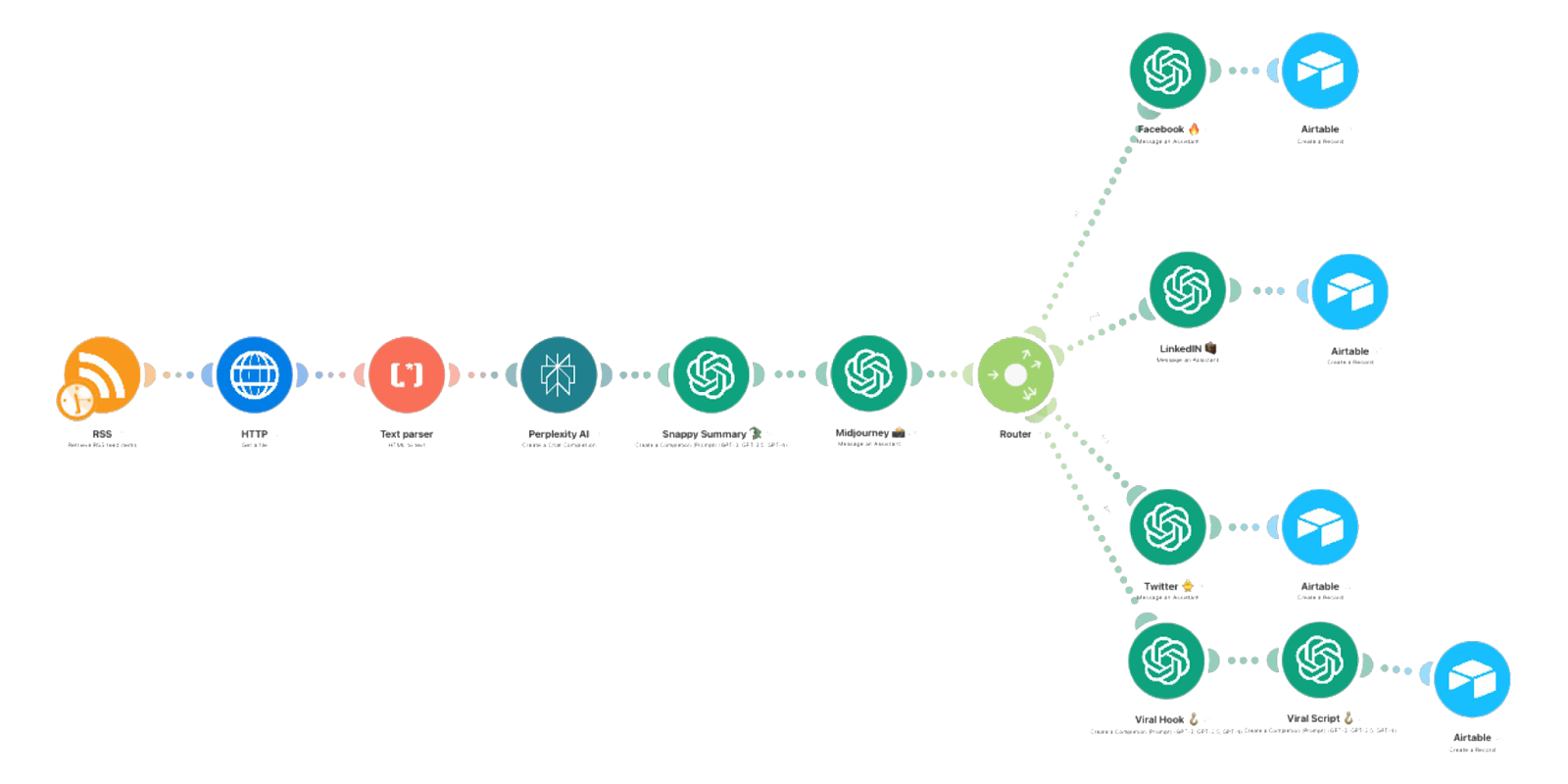
I’ve just returned from MAICON 2024, one of the best, if not the best, conferences focused on AI and marketing. MAICON didn’t disappoint: I’m full of ideas to help our clients improve their marketing by applying AI. At the same time, it became evident to me that many organizations are far from being able to maximize AI’s impact on marketing. Let me explain.
According to the 2024 State of Marketing Report, 99% of respondents say they use AI in some fashion. However, only 36% of respondents say AI is now part of their daily workflows.
These statistics confirm what I heard from many people I spoke with at the conference: Although nearly all marketers understand AI’s impact on marketing, they’re not quite sure where to start. For those who have started, they are falling into the trap of using AI for-2024">for isolated tasks without a strategic framework. This results in what I would call “random acts of AI.”
Identifying random acts of AI
Many marketers experiment with AI-driven tools for one-off applications like generating blog posts or social media posts. However, they do so without identifying the real bottlenecks in content production or thinking through a cohesive plan for how content drives engagement, leads or conversions.
For example, let’s say your goal is to reduce the time required to generate a new piece of content and improve productivity. You use AI to outline, edit and perhaps even write sections of your blog posts. You estimate AI helps you complete the blog post in 30% less time. (Note that this will be an estimate for most marketers. I don’t know anyone, including myself, who actually measures the average time it takes to write a blog.)
Once you finish the post, it will be reviewed by both your boss and the legal team. Even though the blog post arrives in your boss’s inbox and legal’s review queue sooner, they still take days to complete the review. The time from idea to publication takes just as long as before you started using AI. You’ve just committed a random act of AI.
To avoid random acts of AI, decide which processes are most important to your content strategy. Which processes are ripe for efficiency improvements? Where are the bottlenecks? Examine each process and redesign it for optimal efficiency. Then use AI strategically to improve each step in your most important processes.
Dig deeper: How does AI fit into marketing campaigns?
Automating existing processes: Efficiency wins first
Boards and the C-suite are focusing on AI as a cost reducer. They hear AI helps teams produce the same work in 30%–80% less time, and they think they can cut costs by reducing or freezing headcount. This is the stark reality and one of the reasons why many workers are reluctant to deploy AI. They’re worried AI is going to eliminate their jobs.
To satisfy leadership’s needs, we must first focus on efficiency wins. Once we achieve those wins, we can turn to deeper uses of AI to enhance personalization and create core business value.

Tools like Make and Zapier automate processes and create efficiencies. For example, we use Make to automate our social media posts.

This automation reduces our daily social media posting time from an hour or more to less than 15 minutes. It also ensures consistency: we use a distinct style for each social media channel.
Going deeper: Enhancing personalization
Once you’ve redesigned and automated your most important processes, it’s time to go deeper with AI and enhance the customer experience through personalization. Before generative AI, it was impractical to create a custom experience for every customer; with AI, this becomes practical.
For example, Ferrari, the Italian luxury carmaker, uses Amazon’s Bedrock to enhance the customer experience with AI-powered personalization. Customers can explore their vehicles in 3D, rotating and zooming in as they try different options. This has cut configuration times by 20%, boosted sales leads, and reduced infrastructure costs by 30%, improving the overall customer experience.
Dig deeper: 4 ways to achieve early wins with AI in marketing
Creating core business value
AI’s biggest impact comes from its ability to drive measurable business outcomes. In marketing, this means using AI to boost top-line revenue and improve profit margins by enhancing customer acquisition and retention strategies.
For example, SafetyCulture, a workplace safety operations platform, worked with Relevance AI to:
- Sift through the backlog of inbound inquiries.
- Research companies one by one to ensure they are a good fit.
- Personalize messaging.
- Answer any questions.
- Schedule a meeting.
The results were a 50% reduction in the cost per meeting, a three-time increase in meetings booked and a two-fold increase in the number of qualified opportunities.
Align AI with strategic business goals
AI in marketing isn’t a magic bullet; it requires deliberate strategy and alignment with key business objectives to deliver sustained value. By moving beyond random acts of AI and focusing on automation, personalization and business value creation, marketers can unlock AI’s full potential.
Dig deeper: Human + machine = marketing powerhouse: How AI empowers the marketing generalist
The post How marketers can go beyond random acts of AI and why they should appeared first on MarTech.









